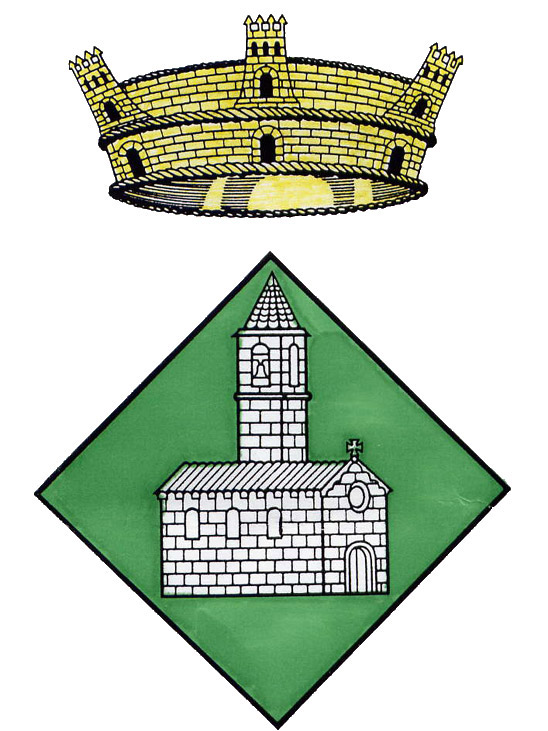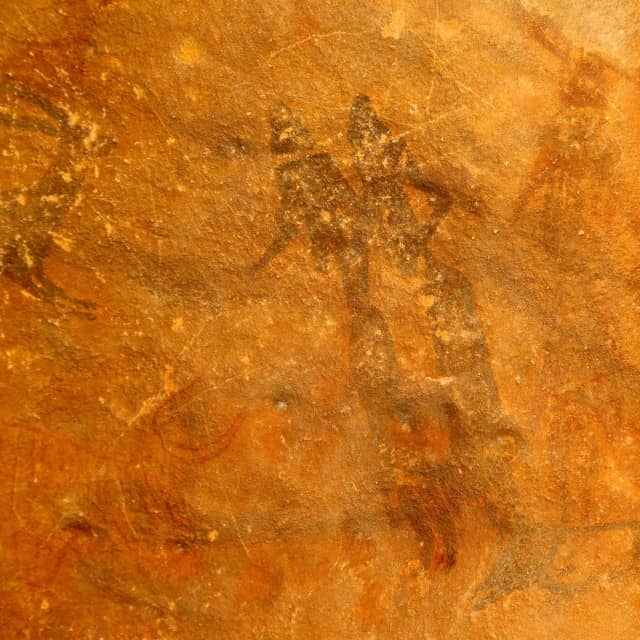-
Plaça de la Vila, 4
25152 El Cogul - 973 12 03 67
- 973 12 05 02
- ajuntament@cogul.cat
- https://www.cogul.cat/
El Cogul welcomes visitors with a mural, called “Mothers of the Earth” by the artist Lily Brik. The village counts 151 inhabitants (2022). In the 12th century, it was already an inhabited town with a gate, protected by a castle, with a Romanesque church under the jurisdiction of the Manor of Poblet at the time.
The village is stretching over an undulating landscape in the Set River Valley. The terrain is rough and hard, with tussocks, isolated by ravines that go down to the river Set.
There are houses from the XVI and XVII centuries, still preserved today on the meandering streets, and a Renaissance-style parish church with a Baroque neoclassical facade. In the past, the Church of the Assumption housed an image of Saint Christ. As tradition explains, the image was considered a brother-image of the Christ of Granadella and of Christ of Balaguer, and even the three crosses were carved from the same tree. On May 3, the Festa Major del Cogul, dedicated to Sant Crist, is celebrated.
Just one kilometer from the village there is the famous set of rock paintings in La Roca dels Moros. It was discovered in the beginning of the 20th century and declared a UNESCO world heritage site (Kyoto 1998). It is a large boulder that stands on the edge of the road and preserves engravings and painted images, made at different times throughout ancient history. Everything seems to indicate that it is a sacred site, intended for the cult of fertility.
One kilometer down the Set valley, in the direction of Albagés, there are Saladar tombs, cut in the living rock, one of the largest Late Roman necropolises in Catalonia.
In Cogul, you can practice climbing, and there are walking and cycling routes. There are restricted areas for hunting partridges, rabbits, hares, and thrushes.


